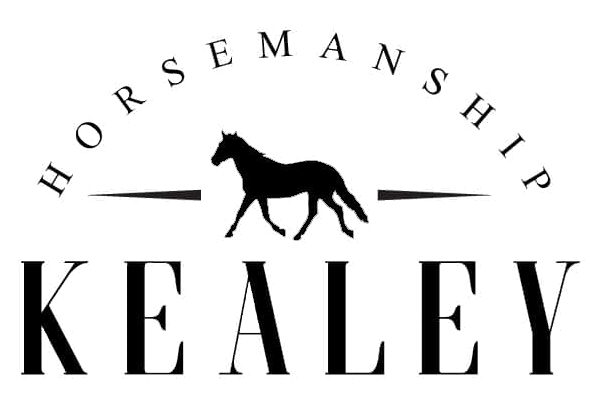Consider Directing the Thoughts Before Movement
This needs to change; look at a horses’ eyes and facial expression instead of what their feet are doing. The biggest difference between directing the mind versus driving the body is where a horses thoughts are in relation to his physical presence.
A horse who has experienced a lot of driving in his life will often appear to follow a feel and may have some fancy moves. Meanwhile, on the inside and oftentimes the outside, he is falling apart because he’s always thinking about getting away. This often appears as tension throughout the body, and his mind is never able to let go and softly look where he is going.
When a horses thoughts are constantly to the outside of the circle, he will often look very disconnected trough his body and might have a hard time listening to subtle cues. Likewise, a. horse that never looses track but is fleeing is often very obedient physically, but you can still feel the worry on the inside. The coping mechanism can be very different in appearance, even though the cause is the same.
Photo: Ella is restarting a recently purchased gelding who was used hard as a roping horse in his early years. He lives in anticipation and as a result carries a lot of tension. Asking him to just look to the right or to the left without escaping with his forehand onto the circle was a huge challenge for him.
The more he was able to just look instead of move his feet, the more he let down and softened through his body. By the time we did ask him to put some life behind his thought, it was much more engaged, he didn’t feel the need to flee on the circle, and his footfalls were slower, softer, and more methodical.
